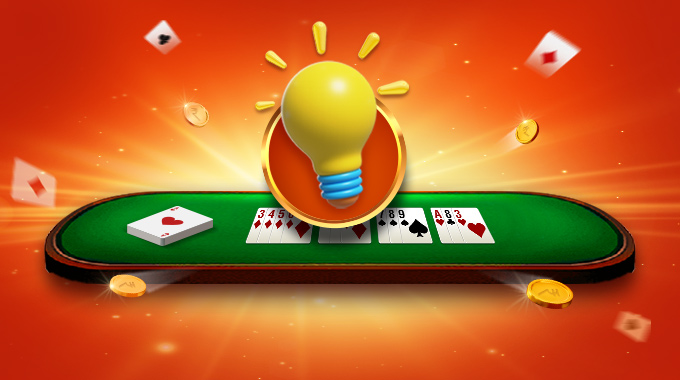The Neuroscience of Melding: How the Brain Processes Card Combinations in Rummy
Join the exciting rummy world, one in which each meld equals an explosion of brain activity. On RummyCircle, you do not play cards, but have a reasoning battle that turns on its head with a million lights. Have you ever asked yourself what goes on in your mind when you identify an appropriate sequence or deliberate over dropping some cards? We are going to explore the science behind melding so that we can demystify how the human brain decodes card combinations thereby giving us tips on winning better in games.
The Brain’s Command Center: Prefrontal Cortex in Action
Your prefrontal cortex plays the most important role in an online Rummy game when you keep staring at your hand, with a plan for either getting a run or a set. Studies in neuroscience show that it is good at detecting patterns which is useful in enabling one to identify sets from among numerous cards in a disordered array known as the hand. This explains why experienced gamers always maintain a poker face while holding on to their little secret card; after all, their prefrontal cortex calculates probabilities too swiftly for anyone’s eyes.
Dopamine: The Thrill of the Meld
Have you ever experienced that adrenaline rush after making a perfect meld and then declaring in Rummy? This is the activity of dopamine within your brain’s reward system. The nucleus accumbens is an important part of this system which becomes active every time you correctly choose a set or run. According to neuroscience, the increase in dopamine not only feels good but also serves as a form of education. Through reinforcing the logic of each card combination, you become better with every consecutive play.
Memory and Multitasking: The Hippocampus Hustle
In Rummy, it is not only the cards that are important but also one’s ability to recall the ones thrown away and anticipate the demands of other players. The hippocampus; which is the center for memory in your brain, comes into play here. This part keeps a record of what has been thrown out as well as the behavior of your opponents; factors that assist in determining whether you should keep hold of or discard a card. Research on working memory indicates that this organ works closely with the prefrontal cortex in storing such data, hence enabling one to be a good multitasker.
Emotional Edge: Taming the Amygdala
Playing Rummy is full of emotions; you may feel irritated for failing to create melds or very excited after managing to trick your opponent. It is possible that the emotional part of your brain, scientifically known as the amygdala, takes over and messes with your plans. According to neuroscience, stress can hamper one’s ability to make proper decisions; therefore, it is important that you remain calm and collected. In such situations, it would be advisable to take deep breaths so that you keep control over your amygdala.
Conclusion
Playing Rummy is not a mere activity, rather a mental exercise that engages the mind in various ways such as logic, emotion and memory. With knowledge on the reasons why cards form meld it becomes possible to change your gaming into a cognitive skills class. Therefore, shuffle well, make intelligent melds on RummyCircle and allow your mind to be at its best.




